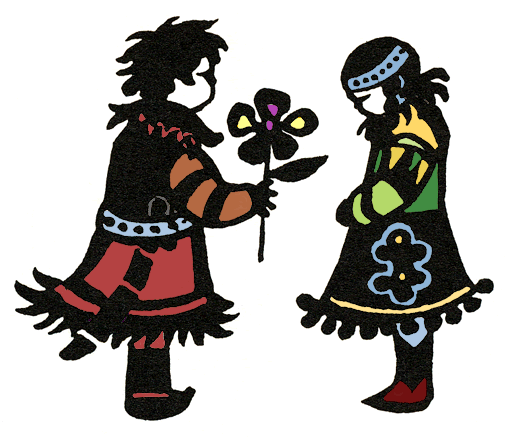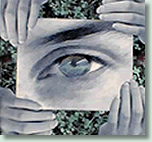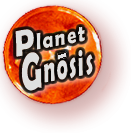
What is Culture?
According to Gollnick and Chinn, culture defines “who we are” and “influences our knowledge, beliefs, and values. It imposes order and meaning on our experiences” and “allows us to predict how others will behave in certain situations” (2013, pp. 3-4).
One of the goals of multicultural education is for us to become aware of our own cultural norms and behaviors. We must understand our group’s status and value in society. How do we identify with the dominant culture and its formal institutions such as school, government, banks, and businesses? Do we identify ourselves by who we are not? Do we share the same values, behaviors, beliefs, and attitudes of the dominant culture? If not, how do we react or interact with it?
Once we understand ourselves and our relationship to the formal institutions and to the dominant culture as a whole, we can begin to develop awareness and understanding of how all groups reach and interact with the dominant culture. The United States is a democracy founded on the belief of egalitarianism, “the belief in social, political, and economic rights and privileges for all people” (Gollnick and Chinn, 2006, p. 33).
Multicultural education reflects John Dewey’s suggestion in Democracy and Education (1916-1966) that we, as a nation, should focus on what binds us together regardless of our group identity. Our classrooms should reflect this. We work with our students to create an engaging environment. We do this by promoting cooperation and building self-efficacy. Students share responsibility and leadership, and we promote social justice and discuss obstacles to equality such as prejudice, discrimination, and stereotyping.
The ABC Who Are We? assignment asks you to begin this process of self-awareness. It has two parts. In Part One, you have two tasks: to use each letter of the alphabet and to make sure the letter reflects your cultural identity. How you accomplish this depends on your creativity; however, make sure that you include descriptions that address the list of Cultural Identifiers. Please note that nationality is NOT one of the descriptors (American).
Part Two is a reflective task. Describe how you would adapt this activity for your content area. How would your activity align with the Danielson domains? Examples can be found at http://www.corndancer.com/vox/gnosis/multied2/multi2_abcme.html
Cultural Identifiers
Age
Class
Ethnicity
Exceptionality
Gender
Geography: rural / urban / suburban / local
Language
Religion
Sexual orientation

















